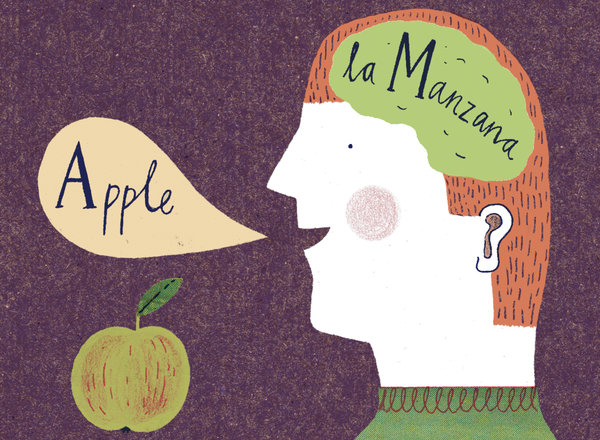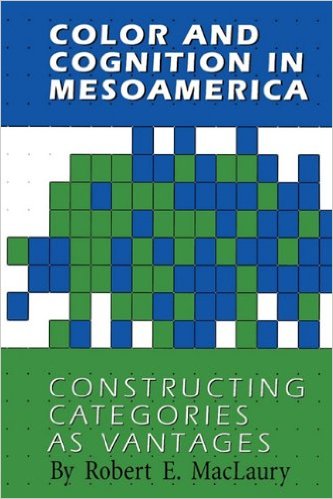
Bilingual Color Cognition

REM ColCat Archive
Color Term Evolution

Human Tetrachromacy
 Bilingual Color Cognition |
Empirical research on the influence of language on cognition often focuses on the domain of color categorization. With a global increase in bilingualism, investigating how semantic information is cognitively processed by speakers of two languages is especially important. For example, it remains uncertain whether a bilingual’s sensory representation of color appearance similarity is affected by their linguistic representations of color semantics. The literature on this topic has primarily examined the color naming of bilingual participants in non-English language modes. To address this gap in the literature, we compare the color categorization and naming of bilinguals in both of their known languages, and examine whether a bilinguals categorization of colors varies across the language of testing. |
 REM ColCat Archive |
The Mesoamerican Color Survey, conducted by Robert E. MacLaury, is a large corpus of heretofore unpublished cognitive anthropology survey data consisting of irreproducible observations of color categorization behaviors from a large number of monolingual participants responding in over 116 indigenous languages. The aim of our group of interdisciplinary researchers at UC Irvine is to develop a rich public-access database of the survey data to facilitate scholarly research on a wide variety of topics, such as questions related to the formation of individual and shared color concepts, their evolution, and dispersion across ethnolinguistic groups. This endeavor poses a challenge as the thousands of handwritten survey datasheets must be converted into a data addressable format. As the transcription of documents by individual human effort involves time-consuming, tedious and potentially error prone processes, our research team is involved in designing crowdsourcing methods to aid in large-scale data transcription, and the development of novel methods of data aggregation using mathematical models. |
| Color Term Evolution |
The formation and communication of concepts permeate human activities. Psychologists, linguists, anthropologists, computer scientists, and others have studied this by focusing on a special case: how color terms evolve and their meanings are understood and shared by members of an ethnolinguistic society. This becomes an interesting problem because individuals in a society vary in their understanding of color terms, and different societies often have lexicons that categorize colors in manners that differ. The challenge that evolution presents in this case is (1) only a small slice of the evolutionary history of a given lexicon is available for empirical investigation because scientists were not around during a sufficiently distant past collecting relevant data, and (2) analysis of written text alone is insufficient, because one cannot conclude with reasonable accuracy which portions of color space written color terms were previously intended to denote. Because of this, conclusions can only be drawn from current languages whose color lexicons are at various stages of evolution. Our research develops new mathematical models that apply to this type of situation. |
 Human Tetrachromacy |
Potential human tetrachromacy is a color perception potential arising from the inheritance of X-chromosome-linked human color vision photopigment opsin genes. When applied to an individual it suggests a person possesses gene sequences needed to express four distinct classes of daylight sensitive retinal photoreceptors in their visual system. Individuals with a tetrachromatic potential differ from the majority of people who possess the usual genes for three distinct classes of daylight photoreceptors, or the basis for the standard model of normal human color vision which typically requires neural possessing among exactly three distinct photoreceptor classes. Our research empirically investigates both the genetic constraints and perceptual learning factors on potential human tetrachromacy. |